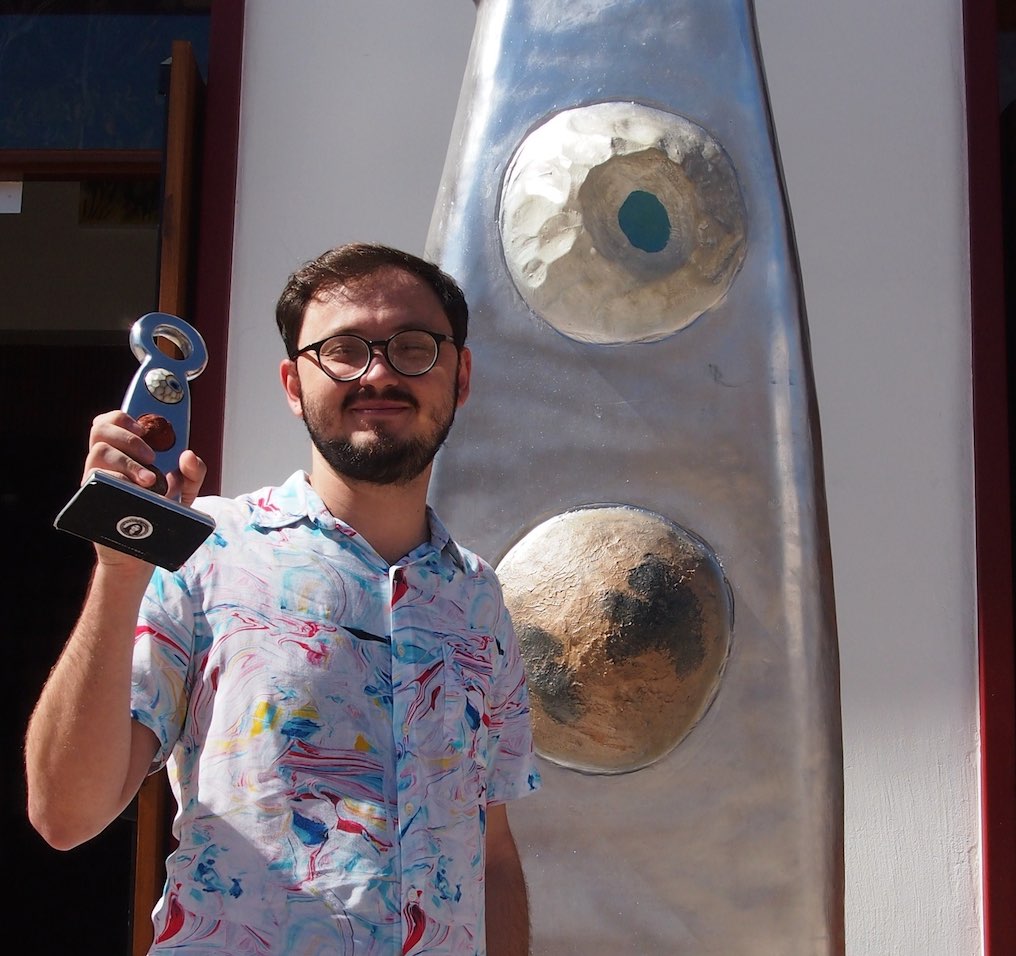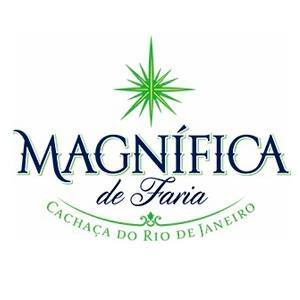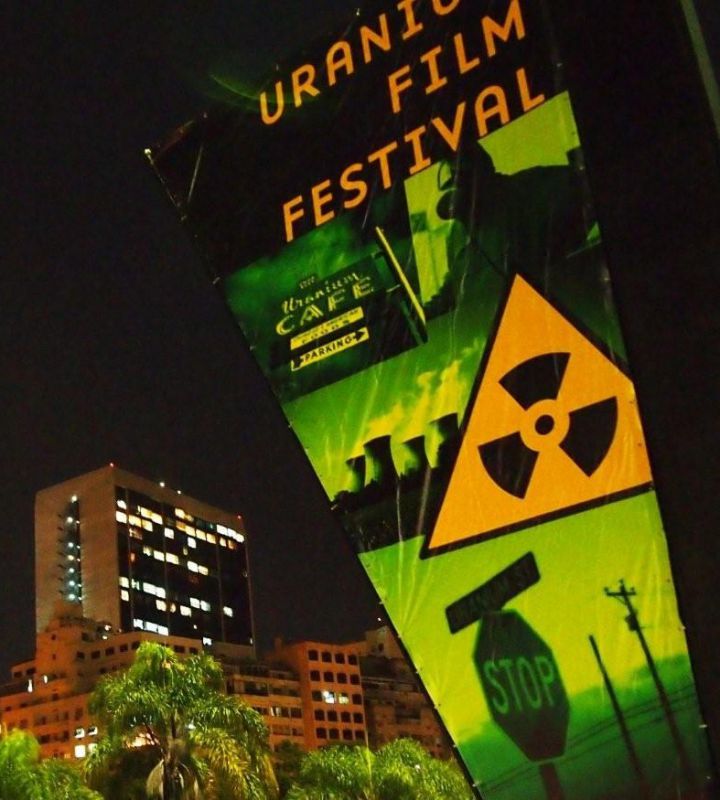8th Rio de Janeiro International Uranium Film Festival
The Atomic Cannes: Atomic Films, Nuclear Debates & Cachaça Magnífica in Rio de Janeiro´s Modern Art Museum Cinema - June 8 - 10, 2018 - Entry Free
Program
Friday, June 8th, 5 pm / Shorts about nuclear power plants: From Switzerland to Fukushima
LUCENS
Switzerland, 2015, Director Marcel Barelli, Producer Nicolas Burlet, Nadasdy film
Coproduced by RSI Radiotelevisione svizzera. Animation, 7 min, French with Portuguese subtitles. Trailer: https://vimeo.com/134106134
The story of the first nuclear power plant 100 per cent in Switzerland ... but also the last. http://lucensfilm.blogspot.com.br
Awards: Canon award (best animated short) Insbruck Nature film festival 2015 - Best short film award, Green Culture Festival "Green Fest" 2015 Belgrade - Best short film, Greenmotions Film Festival 2015 Freiburg - Nomination au Prix cu cinema Suisse “meilleur film d’animation” - 2016 Best Animation Uranium Film Festival (Yellow Einstein Award).
The Plan(?)
USA, 2014, 6 min, Documentary, Director: Susan Rubin, Andrea Garbarini, Producer: Susan Rubin and Andrea Garbarini, English, Portuguese subtitles https://vimeo.com/96615872
What happens, if a similar accident like "Fukushima" happens in New York? A short film about the absurdity of the current evacuation plan for the aging Indian Point nuclear power plant of New York City: How to evacuate about 10 million people?
FUKUSHIMA NO DAIMYO
Italy, 2014, 20 min, Documentary, Director Alessandro Tesei, Soundtrack: Giulio d’Agostino, Photography: Pierpaolo Mittica, Japanese with Portuguese subtitles. http://www.alessandrotesei.com/#!fukushima-no-daimyo-ita/c106k
After almost two years after the accident at the Fukushima Nuclear Power Plant of March 11, 2011, Masami Yoshizawa, the cattle breeder who never left the evacuation zone, grant a unique interview. He explains what has become his mission. The land is definitely lost, and pollution will never be deleted. Conscious of this, he remains in his farm and tries to let the world know about the tragic consequences of radiation exposure. At the same time, he raises a disturbing question: have you to flee and abandon your own contaminated land or you must accept the radioactivity, continuing to fight and live in your land? Director‘s note - I was one of the first western filmmakers sneaked inside the forbidden area around the Fukushima Daichi nuclear power plant, only six months after accident. I remember the fear in my heart that became higher every time the geiger counter showed a radiation increase, and I remember the loneliness of the evacuated people and the dramatic situation of the families, splitted in different parts, due to the incapacity of the Japanese government to find a solution. http://www.alessandrotesei.com
AWARDS: BEST SHORT MOVIE Bonsai Film Festival 2014 (Italy) / JURY AWARD Capodarco Film Festival 2014 (Italy) / BEST SHORT MOVIE Life after Oil Film Festival 2014 (Italy) / BEST DOCUMENTARY Fluvione Film Festival 2014 (Italy) / II PLACE Cielocorto FF 2014 (Italy)
ALTA VOLTAGEM (High Power)
India, 2013, 27 min, Director: Pradeep Indulkar, Documentary Marathi/English, Portuguese subtitles.
Tarapur Nuclear Power Project is India's first civil nuclear establishment came in existance around 50 years ago, displacing some villages near town Tarapur. Once a protagonist visits those villages Dandi, Pofaran, Ghivali, Unbhat and Tarapur after 40 long years. He observes the situation of thousands of displaced people. He finds that they lost their traditional jobs and they did not get any new jobs, they lost their lands, homes and sea and they didn't get proper compensation neither they got the promised services and infrastructures like roads, water, electricity, medical facilities, schools etc. Instead they got illness and unknown deceases. Kidney failure and miscarriages, still births. Kids below 5 years are suffering by mental disorders. The real cost of power is paid by those unknown and innocent people. BEST SHORT DOCUMENTARY AWARD INTERNATIONAL URANIUM FILM FESTIVAL RIO 2013.
GRAFFITI
Spain, 2015, Director Lluis Quilez, Producer Lluis Quilez, Ester Velasco, Cristian Guijarro. Fiction, 30 min, English with Spanish Subtitles.Trailer: www.graffitishortfilm.com
An apocalyptic world. A devastated city. One last survivor. Edgar has learned to survive on his own avoiding contaminated areas by the "incident" that destroyed life as we knew it. But Edgar's routine is suddenly disrupted by the discovery of a wall with a graffiti by his bed. Just one word reveals the presence of another survivor: „Anna" - http://euphoriaproductions.net/graffiti_short_film/
GRAFFITI has been premiered in Sitges Film Festival 2015 and won the Best European Short Film Award (Mèlies d’Argent), Best short fiction Award 2016 International Uranium Film Festival (Yellow Einstein Award). http://uraniumfilmfestival.org/en/yellow-einstein-winners-2016
SETE ANOS DE INVERNO (SEVEN YEARS OF WINTER)
Germany/Denmark/Ucraine, 2011/12, Director Marcus Schwenzel, Producer Hans Henrik Laier and Marcus Schwenzel. Fiction, 22 min, Russian with Portuguese subtitles. Trailer: https://vimeo.com/57438142
Seven-year-old Andrej scavenges the nuclear wasteland of Chernobyl for discarded documents to trade on the black market. Shot entirely on location, this is a haunting rumination on the heartbreaking effects of the political on the personal. Schwenzel’s film starts off as a straightforward narrative but once Andrej enters the radiated Chernobyl, the film soon turns into a location showcase of the desolate environment. Because the setting is so unforgettable and the cinematography is captured so excellently, we never have a problem with this change. Sasha Savenkov puts forth a fascinating one-man (or in this case, one-little boy) performance that will certainly have moviegoers looking out to see where his acting career goes from here. The technical feats trump the story, which the film is light on.
Best short fiction Award International Uranium Film Festival 2015. http://uraniumfilmfestival.org/en/award-to-seven-years-of-winter
Saturday, June 9th, 5 pm - Films about uranium, the nuclear fuel: From Brazil to Portugal
QUARTO ESCURO (DARKROOM)
Germany, 2011,Animation. Director: Anna Luisa Schmid | Producer: Anna Luisa Schmid. No Dialogue. 2 min https://vimeo.com/81749731
An answer to the nuclear-power-campaign in Germany 2011. We are watching a man on his morning routine who doesn’t know what he affects at the other side of the planet.
O tesouro de Itataia (The Treasure of Itataia)
Brazil, 2017, Directors Lucas Dantas & Victor Araújo Lima, Collective Production Urucum - Human Rights, Communication and Justice. Documentary, 17 min, Portuguese
Brazil´s largest phosfphate-uranium deposit is in the state of Ceará. Located between the municipalities of Santa Quitéria, Itatira and Madalena, the Itataia mine contains uranium associated with phosphate, a fertilizer used mainly in agribusiness like Soy plantations. In 2014, the construction of the Itataia plant by the Brazilian Nuclear Industries (INB) and the Galvani Group was approved by the Government of Brazil. The documentary "The treasure of Itataia", composed of three videos, interviews representatives of the communities of the Central Sertão, researchers in the areas of Collective Health and Water Resources and members of social movements, besides highlighting the biodiversity of the territories directly affected and the risks of Santa Quitéria Project, especially for the water and health of the population.
CEM ANOS DA URGEIRIÇA ONE HUNDRED YEARS OF URGEIRIÇA
UK/Portugal, 2016, Director Ramsay Cameron, Producer Molitor Productions, documentary, English/Portuguese, 52 min.
The film tells the story of the 100 year history of the Minas da Urgeiriça in Northern Portugal. The mine was one of the earliest uranium mines and was linked directly to Marie Curie, during the Second World War the British and American governments recognized its strategic importance and invested heavily in it to provide nuclear fuel for the Cold War. Later the mine was returned to Portuguese ownership and the dictator Salazar dreamt of creating a Portuguese nuclear industry, eventually it was the source of the uranium that Saddam Hussein procured for his attempt to build a nuclear reactor. Currently the site of the mine is being rehabilitated and decontaminated but it is only recently that the campaign for compensation for victims of radioactivity has achieved success. https://vimeo.com/170159651
Sunday, June 10, 5 pm - Movies about the Cesium 137 accident in Goiânia: From documentary to fiction.
RUA 57, NÚMERO 60, CENTRO
Brazil, 2011, Director Michael Valim. Video art / modern dance and musical performance, 9 min, without dialogue.
To remember the accident of Cesium 137 in Goiânia, the dance & music groups „Por qua?“ and „Vida Seca“ performs a modern dance performance in the Rua 57, number 60 which was 30 years ago the most radioactive contaminated place in the city of Goiânia. Trailer: https://vimeo.com/49859373
Tem Césio no meu Sangue (Cesium I blodet) (There is Cesium in my blood)
Sweden / Brazil, 2009, Director Lars Westman, Co-Producer Zenildo Barreto. Documentary, 70 min, Portuguese and Swedish with subtitles in Portuguese.
An incomparable documentation about the most serious radioactive accident in Latin America and its cleaning. In September 1987, 19 grams of radioactive cesium-137 from an abandoned cancer treatment unit in the city of Goiânia harmed and infected hundreds of people and produced 6,000 tons of nuclear waste.
 Algo do que Fica (Something that Stays)
Algo do que Fica (Something that Stays)
Brazil, 2017, Direction Benedito Ferreira. Fiction, 23 min, Portuguese.
A personal and sensitive reflection on the radioactive accident of Goiânia, 1987. The worst nuclear disaster in Brazil and Latin America. At Brazil´s largest environmental film festival, FICA 2017, in Goiás, the short film and its director Benedito Ferreira de Goiânia received several awards. And also the Best Short Fiction Award of the Uranium Film Festival 2017. Trailer: https://vimeo.com/218011640
LOCATION Museu de Arte Moderna - Cinemateca Av. Infante Dom Henrique, 85 Parque do Flamengo, Rio de Janeiro http://mamrio.org.br CONTACT International Uranium Film Festival Rua Monte Alegre 356 / 301 Santa Teresa / Rio de Janeiro / RJ CEP 20240-195 / Brasil www.uraniumfilmfestival.org Email: info@uraniumfilmfestival.org
Partners & Sponsors













